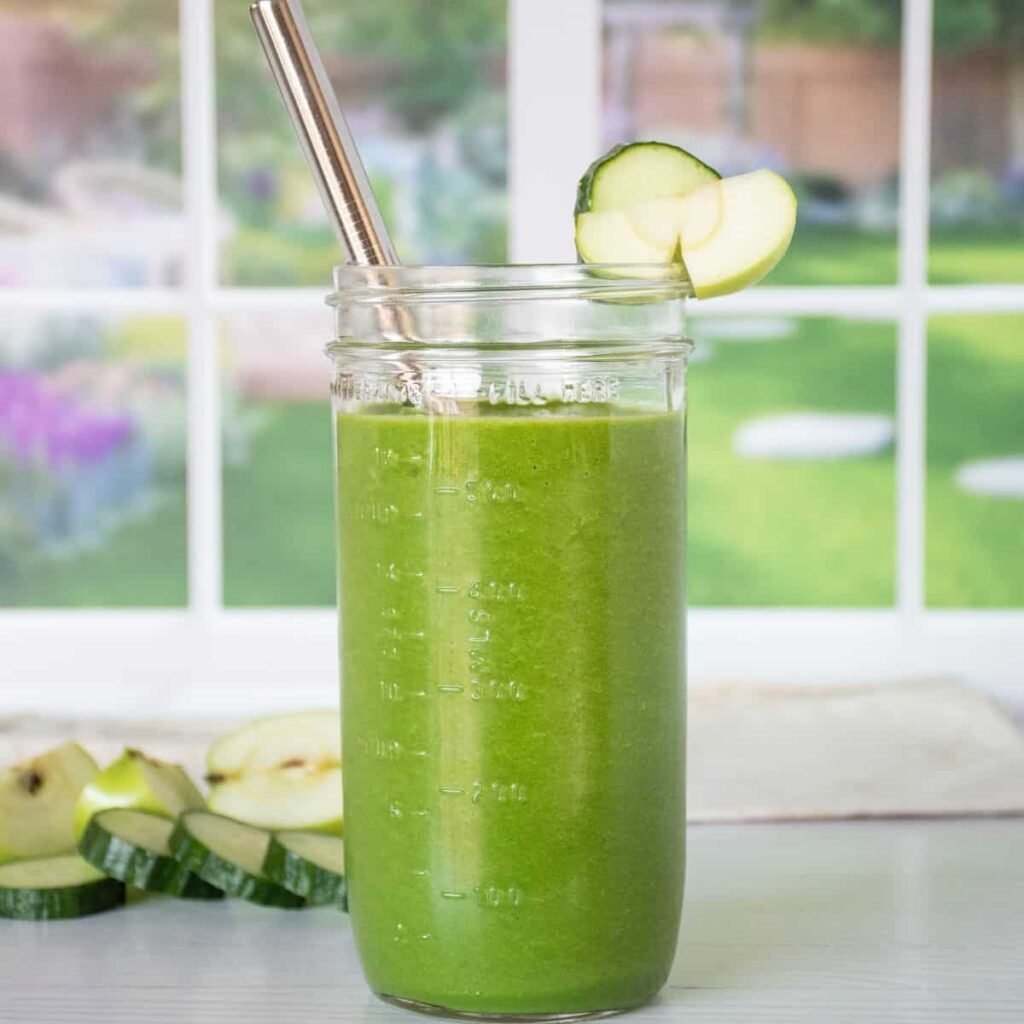Nutrition
Combatting ageing skin with diet

In this chapter, we will be discussing how we can slow down the ageing of our skin through our diet.
As we age, we start developing wrinkles, age spots and dryness on our skin. The skin also becomes thinner as we lose fat and muscles, making it less plump and smooth and may take longer to heal.
Fortunately, it is never too late to start protecting yourself. Many products, including medications claim to revitalise ageing skin or reduce wrinkles but the dietary aspect has proven to be equal to the task.
Foods to include
• Monounsaturated fatty acid rich foods such as; olive oil, almonds and avocados
• Vitamin C rich foods; oranges, tangerines, lemons, bell peppers and pineapples
• Vitamin E rich diet; spinach, sun flower seeds, pumpkin, peanuts and kiwi
Foods to avoid
• Sodas and caffeine rich drinks
• Red meat and meat products
• Processed foods
Lifestyle modification
Modifying our lifestyle from a predominantly sedentary lifestyle to incorporating exercises like going for walks, jogging, and riding bicycles, as well as cutting down alcohol intake, and cigarette smoking will serve to prolong a healthy, strong and ageless skin.
In summary, it is obvious that there is no fountain of youth to keep us young forever, but maintaining healthy, vibrant skin for many years is not out of our reach. By implementing and including desired fruits and vegetables to our diet, as well as good lifestyle choices, our skin will thank us for generations to come.
The writer is a Nutritionist and Chief Executive Officer (CEO) of Holistic Health Consult.
“Your diet, your health, your health your wealth.”
e-mail: info@holistichealthconsult.org
By Bernice Korkor Asare
Nutrition
Palm nut soup

Palm nut soup is a Ghanaian dish that can be served with so many foods. It has a rich base of palm nuts combined with tomatoes and various vegetables that makes it very nutritious.
Preparation
Ingredients
– 1 kilogramme of palm nut
– Half kilogramme of beef
-One kilogramme of goat meat
-Three large salmon
-One full tuna
– A handful of turkey berries
-Two large onions
-4 large tomatoes
-3 large garden eggs
– One tin of mackerel
-Ten large peppers
– One large ginger
-2 cloves of garlic
– Four fingers of okro
– Salt to taste
Instructions
-Wash, cook palm nut, turkey berries, and pepper and add salt to it.
-Grind palm nut, turkey berries and pepper with mortar and pestle or mini food processor.
-Wash goat meat, beef, Tuna, salt and put on fire.
– Blend onion, garlic, ginger and tomatoes and pour on the goat meat.
– Add smoked tuna and salmon and okro to the soup.
-Use a spoon or ladle to skim off the surface oil.
-Garnish the soup with the okro or garden eggs as desired.
-Serve with fufu, banku or Omo tuo.
Nutrition
Cucumber and apple smoothie

Ingredients
-Two medium sized cucumber
-Three apples
-Four tablespoonful of honey
-Crushed ice
-Two cups of yoghurt
-One tablespoonful of blended ginger
– One tablespoonful of celery and mint
Preparation

-Wash and slice cucumber, apple into smaller sizes
-Blend until it is smooth
-Add honey and a little water to it
-Add crushed ice and yoghurt
-Blend it till you achieve your desired texture
– Then serve







